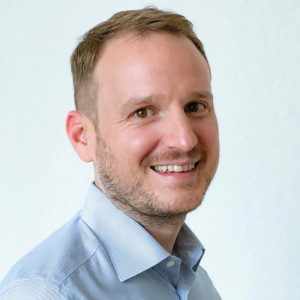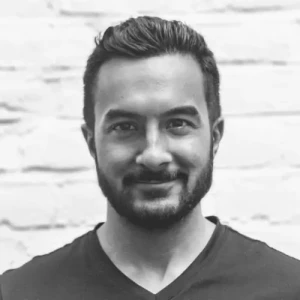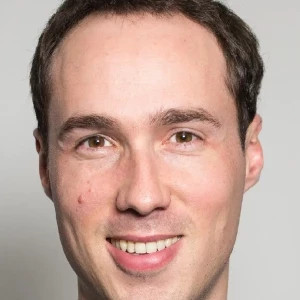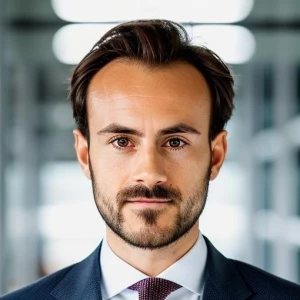Hi everyone.
Could you please give clearance on how a point of view can make the framework MECE/not MECE?
When talking about MECE framework structuring, I see the point in the definition (and I am aware it is not always possible to make it MECE), but I do not always understand if it is just not possible to make it MECE, or if I have to improve my skills.
Example (I won't go too deep to keep it brief):
Let's say I have to analyze a process of production. I can:
- Set a framework on “steps”
- Set a framework on “topics”
Starting with “steps”, 3 steps: input > transformation > output.
For both input and output I could list different points, but in common they would have, for example:
- Transportation
- timing
- costs (in & out)
- risks (e.g. refrigeration)
And this would make the structure MECE from the steps side, but not MECE for the topics side, as I am repeating the transportation.
I would then try the “topics” framework, so I can at least have the transformation as an independent bucket. If I structure the case instead looking at different topics (e.g. resources, capabilities, transportation, packaging), I would find under resources (e.g. quality controls) and transportation the sub buckets:
- To the facility (so input)
- Out of the facility (so output)
So in the “steps” framework, transportation is not MECE as listed in 2 steps, and in the “topics” framework, transportation is not MECE as both input and output, would be listed in resources as well.
This is the most frequent reason why I may go over time and forget to focus on tailoring to the case, while giving more importance to the MECE exercise.














What could be a concrete way to set the right MECE framework at the beginning of this prompt?
To make it relevant for both interviewer and candidate led, continuing the example of the production process, let's suppose the 1st question after the prompt is
- for int-led "I would like you to tell me which elements would you consider to understand if the production process set by the client requires optimization"
- for cand-led "the client would like to optimize the production process"
Given that the question is about the process, I would 100% focus on and dissect same process as you proposed. Present it as a value chain from incoming logistics to outgoing logistics or beyond and with everything in between. Value chain decomposition is a go-to structure for many cases because it's by definition MECE if you get the sequence right for the specific industry.
I understand your concern about the "ME" bit because transportation comes up twice. However, this is where the specific ideas/hypothesis are important. Obviously, they are going to be different in both cases because you're talking about transportation in different areas of the value chain.
In general, you can and sometimes should keep your sub-structures the same for all primary buckets. Just because they're called the same, doesn't mean that there's an overlap. In fact, it's IMPOSSIBLE if you primary structure is truly MECE. For example, if I ask about the pros and cons for three specific and different launch modes of a product, I want your primary structure to be the three different launch modes and the sub-structure to be pros and cons.
Hope this helps a bit!